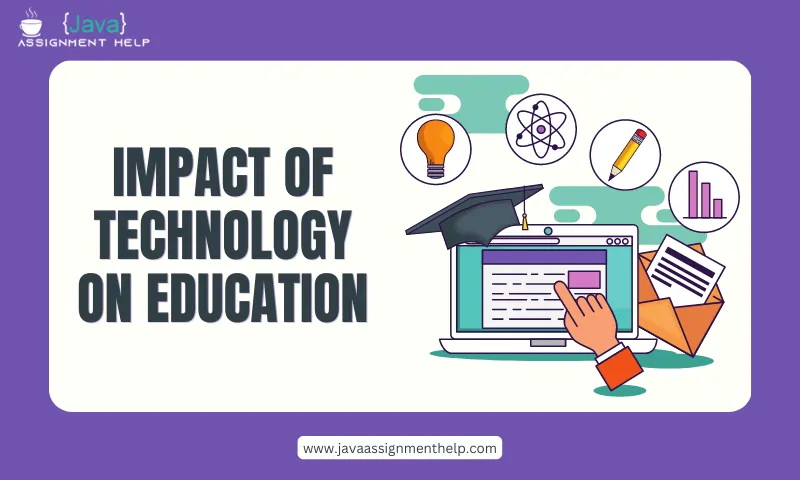An Individualized Education Plan (IEP) is a legally binding document that outlines the specialized instruction and support that a student with a disability will receive. The purpose of an IEP is to ensure that students with disabilities have access to a free and appropriate public education that meets their unique needs.
IEPs are developed by a team of professionals, including the student’s parents, teachers, and other support personnel. The team works together to assess the student’s strengths and needs and to develop goals and objectives that are specific to the student’s individual needs.
The IEP includes several components, including:
Present levels of performance: This section describes the student’s current academic and functional performance and outlines their strengths and needs.
Annual goals and objectives: This section outlines the academic and functional goals that the student will work towards over the course of the year. The goals are specific, measurable, and achievable.
Special education and related services: This section describes the specialized instruction and support that the student will receive, including any accommodations and modifications to the curriculum.
Participation in general education: This section outlines the extent to which the student will participate in regular education classes and activities.
Transition planning: For students who are approaching the end of their school career, this section outlines the transition planning that will help them prepare for post-secondary education, employment, and independent living.
IEPs are reviewed and updated at least annually to ensure that they continue to meet the student’s needs. The student’s progress towards their goals and objectives is also monitored regularly to ensure that they are making adequate progress.
IEPs are important because they ensure that students with disabilities receive the specialized instruction and support that they need to succeed academically and socially. IEPs can provide a roadmap for the student’s educational journey and can help to ensure that their needs are being met at every stage of their development.
Furthermore, IEPs can promote greater collaboration and communication among teachers, parents, and other professionals. By working together to develop and implement the IEP, the team can ensure that the student is receiving consistent and coordinated support across all settings.
However, there are also some challenges to implementing IEPs effectively. One of the biggest challenges is ensuring that the goals and objectives are appropriate and achievable for the student. It can be difficult to develop goals that are both challenging and realistic, especially for students with complex needs.
Another challenge is ensuring that the IEP is being implemented effectively. Teachers and other support personnel need to be trained in how to provide the specialized instruction and support outlined in the IEP. They also need to be able to modify their instruction and provide accommodations to meet the diverse needs of their students.
To address these challenges, it is important to provide ongoing training and support to teachers and to involve parents and caregivers in the IEP process. Teachers can benefit from professional development opportunities that provide them with the knowledge and skills they need to effectively support students with disabilities. Parents and caregivers can also play a key role in advocating for their child’s needs and supporting their participation in the IEP process.
In conclusion, Individualized Education Plans (IEPs) are an essential tool in providing specialized instruction and support to students with disabilities. By outlining specific goals and objectives and providing a roadmap for the student’s educational journey, IEPs can support the success of students with disabilities and promote greater collaboration and communication among teachers, parents, and other professionals. While there are challenges to implementing IEPs effectively,




